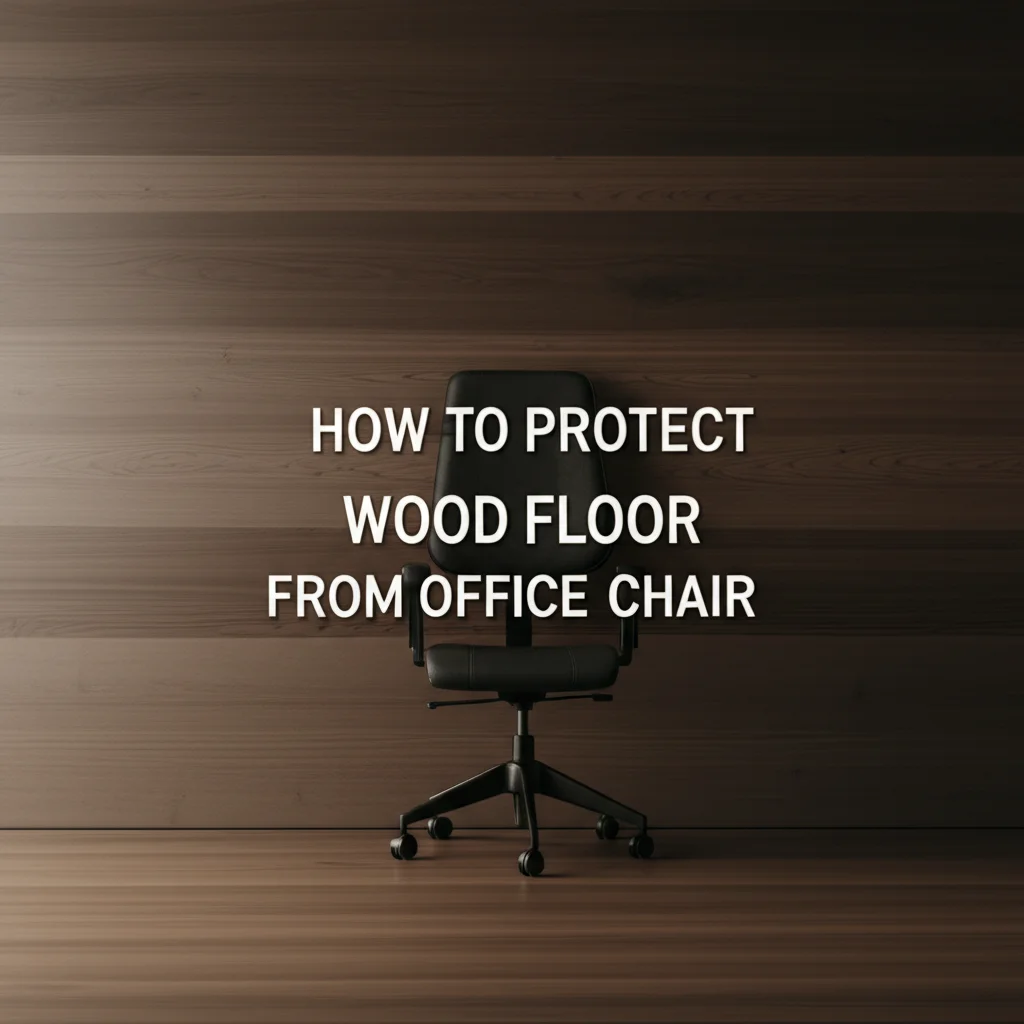· Katria Melrose · Home Improvement · 11 min read
How To Install Electrical Outlet For Dishwasher

Install a Dishwasher Outlet: A DIY Electrical Guide
Thinking about upgrading your kitchen? Adding a new dishwasher can make life much easier. But many new dishwashers need a specific electrical outlet. If you want to install electrical outlet for dishwasher yourself, you are in the right place.
This guide walks you through each step. We cover everything from safety to final testing. You can gain the skills needed for this home improvement. This article explains how to choose the right circuit. We discuss necessary tools. We also show how to connect the wiring properly. Get ready to power your new appliance safely and effectively.
Takeaway
Here’s what you need to remember for a successful dishwasher outlet installation:
- Always turn off power at the circuit breaker.
- Use the correct gauge wire and a dedicated 15-amp or 20-amp circuit.
- Follow local electrical codes closely.
- Properly ground the outlet for safety.
- Test all connections before use.
Clear Answer to Main Query
To install electrical outlet for a dishwasher, turn off power, choose a dedicated 15-amp or 20-amp circuit, pull wire to the appliance area, mount an electrical box, wire a new 3-prong grounded outlet, and secure it. Always check local codes and test thoroughly before connecting the dishwasher.
Understanding Dishwasher Electrical Needs
Dishwashers need a reliable power source. Most modern dishwashers use 120 volts of electricity. They also require a dedicated circuit. This means the dishwasher gets its own circuit breaker in your electrical panel.
This dedicated circuit prevents other appliances from overloading the line. Overloading can trip breakers. It can also cause electrical hazards. You typically need a 15-amp or 20-amp circuit for a dishwasher. Check your dishwasher’s manual for its exact power needs. Understanding how much electricity dishwasher use helps in planning. This step is key for safe operation.
You must always follow local electrical codes. These codes ensure safe installations. They protect your home and family. Codes differ by city and state. You may need a permit for electrical work. Check with your local building department first. Ignoring codes can lead to fines. It can also cause safety issues.
Proper planning avoids problems later. Knowing the correct amperage helps you pick the right breaker. It also helps you choose the correct wire gauge. A dedicated circuit is a basic safety measure. It is a critical part of a safe installation. This preparation sets up your project for success.
Safety First: Essential Precautions for Electrical Work
Working with electricity requires extreme care. Safety is your top priority. Before you touch any wires, turn off the power. Go to your home’s main electrical panel. Find the circuit breaker for the kitchen area. If unsure, turn off the main breaker for the whole house.
Test the wires with a non-contact voltage tester. This tool tells you if power is still present. Never assume the power is off. Always double-check. Wear personal protective equipment (PPE). This includes safety glasses and insulated gloves.
Use tools with insulated handles. This provides another layer of protection. Keep your work area dry. Water and electricity are a dangerous mix. Work with a partner if possible. An extra set of eyes helps spot mistakes. It also offers quick help in an emergency.
Proper electrical connections are vital for safety. Loose connections can cause fires. They can also cause equipment damage. Always ensure wires are firmly attached. This prevents overheating and sparks. A safe environment is a happy environment. Do not rush any step during this process.
Gathering Your Tools and Materials
Having the right tools makes the job easier and safer. Before you start, collect everything. You will need a non-contact voltage tester. This tool confirms power is off. A standard screwdriver set is essential. You need Phillips and flat-head types. Wire strippers help you remove insulation. Lineman’s pliers are useful for cutting and gripping wires.
You will also need a utility knife for cutting drywall. A drywall saw helps make precise cuts. A drill with various bits is handy. It helps make holes for new wiring. You will need an electrical box. This box houses the new outlet. Choose a remodel box if installing in existing drywall.
Purchase a new 15-amp or 20-amp 120V grounded outlet. Ensure it matches your circuit breaker. You will need electrical wire. For a 15-amp circuit, use 14-gauge wire. For a 20-amp circuit, use 12-gauge wire. Always use NM-B (non-metallic sheathed cable) for indoor wiring. You also need wire nuts for connecting wires.
A cover plate for the outlet is necessary. You may need fish tape to pull wire through walls. Consider a stud finder for locating studs. This prevents cutting into unintended areas. Proper preparation saves time. It ensures you have everything for a smooth installation.
Locating and Preparing the Installation Area
Finding the right spot for your new outlet is important. The outlet typically goes in the cabinet next to the dishwasher. It often sits under the kitchen sink. This location is usually close to existing wiring. Use a stud finder to locate wall studs. Avoid cutting into studs when making your opening.
Determine where your new wire will run. It will go from your electrical panel to the new outlet location. You may need to run wire through cabinets or behind drywall. Plan the path carefully. This minimizes damage to your walls. A clean path makes pulling wire simple. You might need to move your existing dishwasher. Learn how to move dishwasher without scratching floor for this. This helps protect your flooring.
Mark the spot for your electrical box. Trace the outline of the box on the wall. Use a drywall saw to cut the opening. Make the cut neat and accurate. A small opening helps keep things secure. Ensure the opening is just big enough for the box. Be careful not to cut existing pipes or wires.
If pulling new wire from the panel, you might drill holes through studs. This allows the wire to pass through. Secure the wire within the walls. Use cable staples every few feet. This prevents the wire from moving. A well-prepared area makes the next steps easier. This sets up the electrical connections for success.
Wiring the Electrical Outlet: Step-by-Step
Wiring the outlet correctly is crucial. It ensures safety and proper function. First, strip about 3/4 inch of insulation from each wire. You will have three wires: black (hot), white (neutral), and bare copper (ground). Hold the outlet with the ground hole at the bottom.
Connect the bare copper ground wire to the green screw. This screw is on the bottom of the outlet. Bend the wire into a C-shape. Loop it around the screw. Tighten the screw firmly. This provides an essential safety path for electricity. Proper grounding is a must. It protects against electrical shock.
Next, connect the white neutral wire to the silver screw. These screws are typically on one side of the outlet. Again, form a C-shape with the wire. Place it around the screw. Tighten the screw securely. The neutral wire completes the circuit. It carries electricity back to the panel.
Finally, connect the black hot wire to the brass screw. These screws are on the opposite side of the outlet. Twist the wire into a C-shape. Wrap it around the screw. Tighten the screw tightly. The hot wire brings power to the outlet. Double-check all connections. They should be snug and secure. Loose wires can cause electrical problems. You can even consider learning how to clean electrical connections to understand good practice for connection points. This attention to detail ensures a safe connection.
Mounting the Outlet Box and Testing Connections
Once the wires are attached to the outlet, gently fold them into the electrical box. Be careful not to crimp or damage the wires. Push the outlet into the box. Ensure the wires are not pinched. The outlet should fit snugly. Use the screws provided with the outlet to secure it to the box.
Now, it’s time to test your work. Go back to your electrical panel. Turn the circuit breaker back on. Return to the kitchen. Use your non-contact voltage tester. Test the new outlet to confirm power. Next, plug in a small appliance. A lamp or a phone charger works well. Check if the appliance powers on.
If the appliance works, your installation is likely correct. If it does not, turn off the power immediately. Go back and recheck your wiring. Look for loose connections or miswired terminals. It is common to miss a small detail. Troubleshooting now saves headaches later. Sometimes, a wire may not be fully seated under a screw.
A new dishwasher will fit the new outlet. When you pick a new dishwasher, remember to consider what to look for in a dishwasher. This ensures a good fit for your home. Proper testing gives you confidence. It means your new outlet is ready for use. This step is critical for safety and function.
Final Steps and Connecting Your Dishwasher
With the outlet tested and working, you can complete the installation. Attach the cover plate to the outlet. Use the screws provided with the plate. This protects the wiring. It also gives the outlet a finished look. Make sure the plate is flush with the wall.
Now, you can connect your dishwasher. Most dishwashers come with a power cord. This cord plugs directly into your new outlet. Make sure the cord reaches the outlet easily. Do not stretch or pull the cord tight. If your dishwasher has a direct wire connection, you will wire it to the outlet according to its specific instructions. This is less common for residential dishwashers today.
Slide the dishwasher into its space. Be careful not to pinch the power cord. Ensure the cord does not interfere with the dishwasher’s operation. After the dishwasher is in place, plug it in. Run a test cycle to ensure everything works well. Check for any unusual noises or smells. A new dishwasher should run smoothly.
Consider professional help if you are unsure. Some people prefer to have an expert install appliances. You might wonder what does Lowes charge to install dishwasher. This option provides peace of mind. For DIY, your careful work has paid off. You have successfully installed an electrical outlet for your dishwasher. Enjoy your new, powerful appliance!
FAQ Section
Do I need a dedicated circuit for my dishwasher?
Yes, most modern dishwashers require a dedicated 15-amp or 20-amp circuit. This means the dishwasher has its own circuit breaker in your electrical panel. This setup prevents the circuit from becoming overloaded. It ensures the appliance receives consistent power. A dedicated circuit also enhances home safety. It reduces the risk of tripped breakers or electrical hazards.
What kind of outlet does a dishwasher need?
A dishwasher typically needs a standard 120-volt, 3-prong grounded outlet. This is the common household outlet type. The 3-prong design includes a ground wire, which is essential for safety. It protects against electrical shock. Ensure the outlet is rated for the correct amperage, usually 15 or 20 amps, matching your circuit breaker.
Can I use an extension cord for my dishwasher?
No, you should never use an extension cord for a dishwasher. Extension cords are not designed for the continuous high power draw of appliances. Using one can cause overheating. This creates a serious fire hazard. Electrical codes prohibit extension cord use for permanent appliance connections. Always install a dedicated outlet for safe and proper operation.
How much does it cost to install a dishwasher outlet?
DIY installation costs are primarily for materials. These include the outlet, electrical box, wire, and tools. This might range from $50 to $150. Hiring a professional electrician costs more. Professional installation can range from $150 to $500 or more. The total depends on labor rates, wiring complexity, and local permits.
What if I find old wiring during installation?
If you find old, damaged, or ungrounded wiring, stop work immediately. Do not attempt to modify or reuse unsafe wiring. Old wiring can be a serious fire and shock hazard. It is best to consult a licensed electrician. They can assess the situation. An electrician will ensure your electrical system meets current safety standards.
How long does it take to install a dishwasher outlet?
For an experienced DIYer, installing a dishwasher outlet might take 2 to 4 hours. This includes planning, power shutdown, wiring, and testing. A beginner may need more time, perhaps 4 to 8 hours. Running new wire from the electrical panel can extend the time. Factors like wall accessibility and existing wiring layout also affect the duration.
Conclusion
You now know how to install electrical outlet for dishwasher. This task can seem big. With careful steps, you can do it safely. Always prioritize safety. Follow local codes. You can enjoy your new appliance.
Think about your next home project. A well-installed outlet means your dishwasher runs well. It also keeps your home safe. This guide provides clear directions. You have the knowledge to complete this important upgrade. Start your next DIY project with confidence. Your new dishwasher is ready for use.




